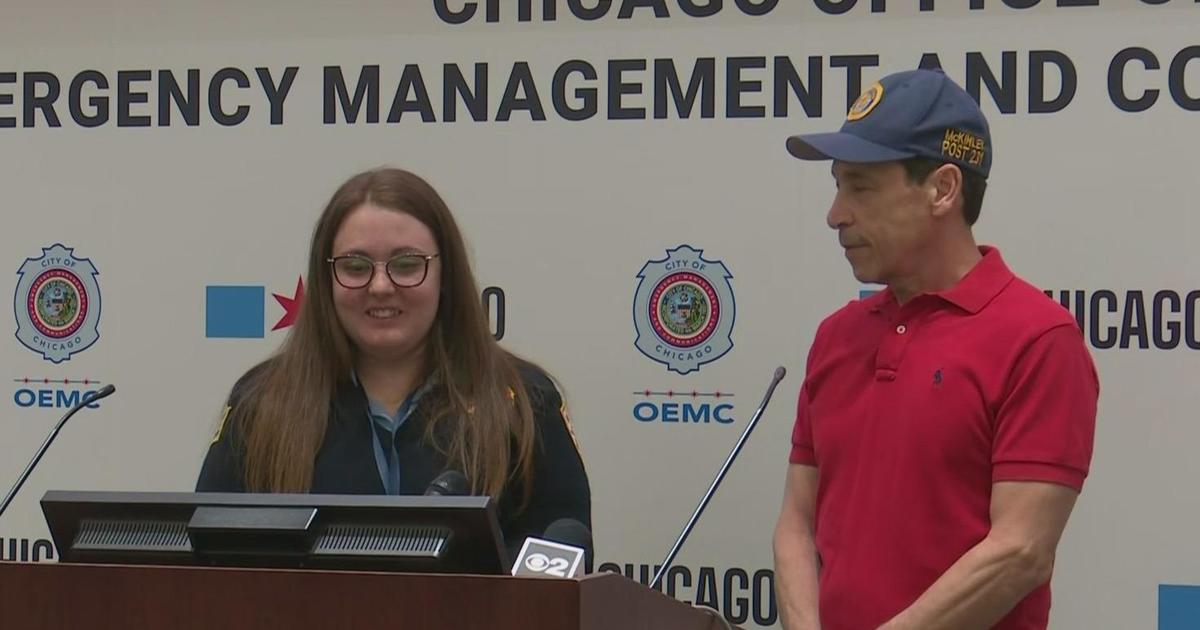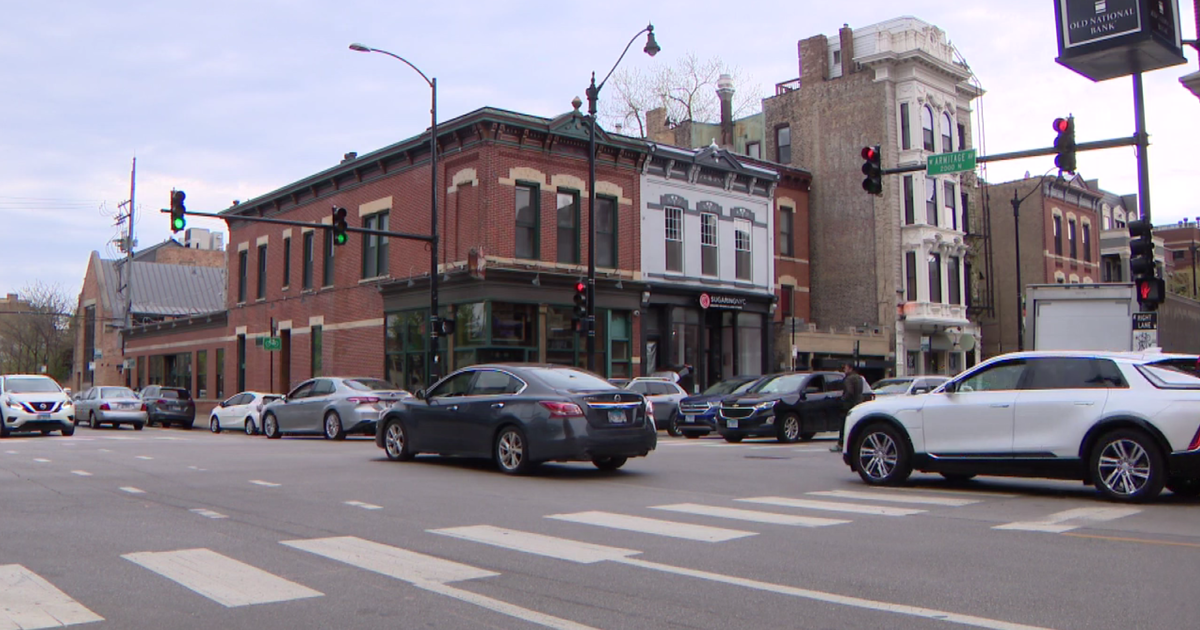Switch It Up: 5 Simple Steps for Switching Banks
There are so many different options for your banking needs these days, which means there is certainly a bank that is perfect for you. If you’re not happy with your current bank, then you’re probably already considering a move to something that may be a better fit. However, many people hesitate to switch banks, worried about all the steps needed to get everything switched over. Luckily it’s easier than you think to switch, and today’s banks make it easier than ever before. Here are the five simple steps to take to switch over your bank account today.
Do Your Research
The first step in switching banks, of course, is to research all your available options to find the best fit for you. You’ll be looking for things like no minimum balance, or a required minimum balance that you know you can maintain. You’ll also want to look for a large variety of available ATMs and a competitive interest rate. Once you find the perfect plan for you, go back to the bank you’re currently with to see if they can match it. You may be able to get the same deal without the hassle of moving banks at all.
Open Your Account
Once you’ve decided on the right bank for you, you’re ready to open your new account. Make sure to bring enough money with you to open the account and have anyone with you who you may want as an additional signer on the account (like a spouse or a parent). Also, make sure your checking and savings accounts are set up to talk to each other. Of course, when in doubt, talk to your banker, as he or she will be happy to help you set up your new account.
Automatic Transactions
The first thing to move over, once you’ve established your new bank, is all your automatic transactions. Take a few minutes to make a list of everything that automatically goes into (and comes out of) your bank account each month and you may just be surprised at how much of your life is automated these days. Start with the deposits and make sure all are switched over to the new bank account. Then, start moving over all your monthly payments, bill pays, charity donations, phone bills and everything else that is on auto pay. This is super important — that way, you don’t end up with a service being cancelled or an account being closed.
Transfer Over
Now that your new account is set up and your bills and deposits are running smoothly, you’ll want to transfer over most of your money from your old account to your new account. However, you’ll want to leave enough cash in your old account to cover any outstanding checks. Also leave a little cushion in there, just in case you’ve forgotten any additional payments. The cheapest way to transfer all your money from one account to another is via certified check, but no matter how you go about it, it will take a few days to complete the transfer.
Close Your Account
It’s now time to close your old account. There are a few steps to take in closing an account, and you’ll want to check for any hidden fees associated with the closing. Then you’ll need to talk to your banker to close the account. Don’t just assume that it’s closed once there is no money in the account, as there are ways for an account to stay open or even to get re-opened long after you think you’ve closed the account. Make sure to get something in writing from your bank that the account is closed.
Deborah Flomberg is a theater professional, freelance writer and Denver native. Her work can be found at Examiner.com.



